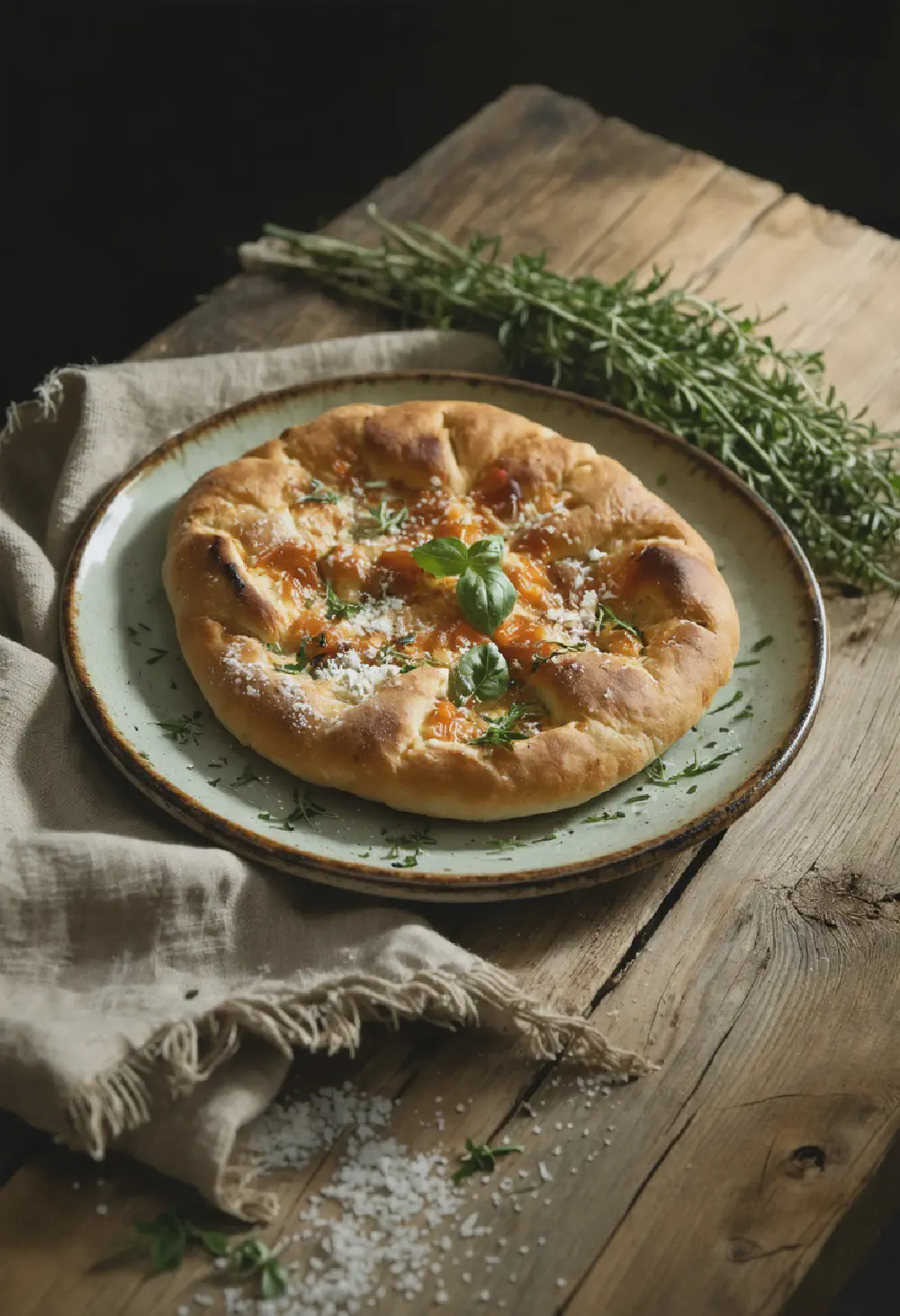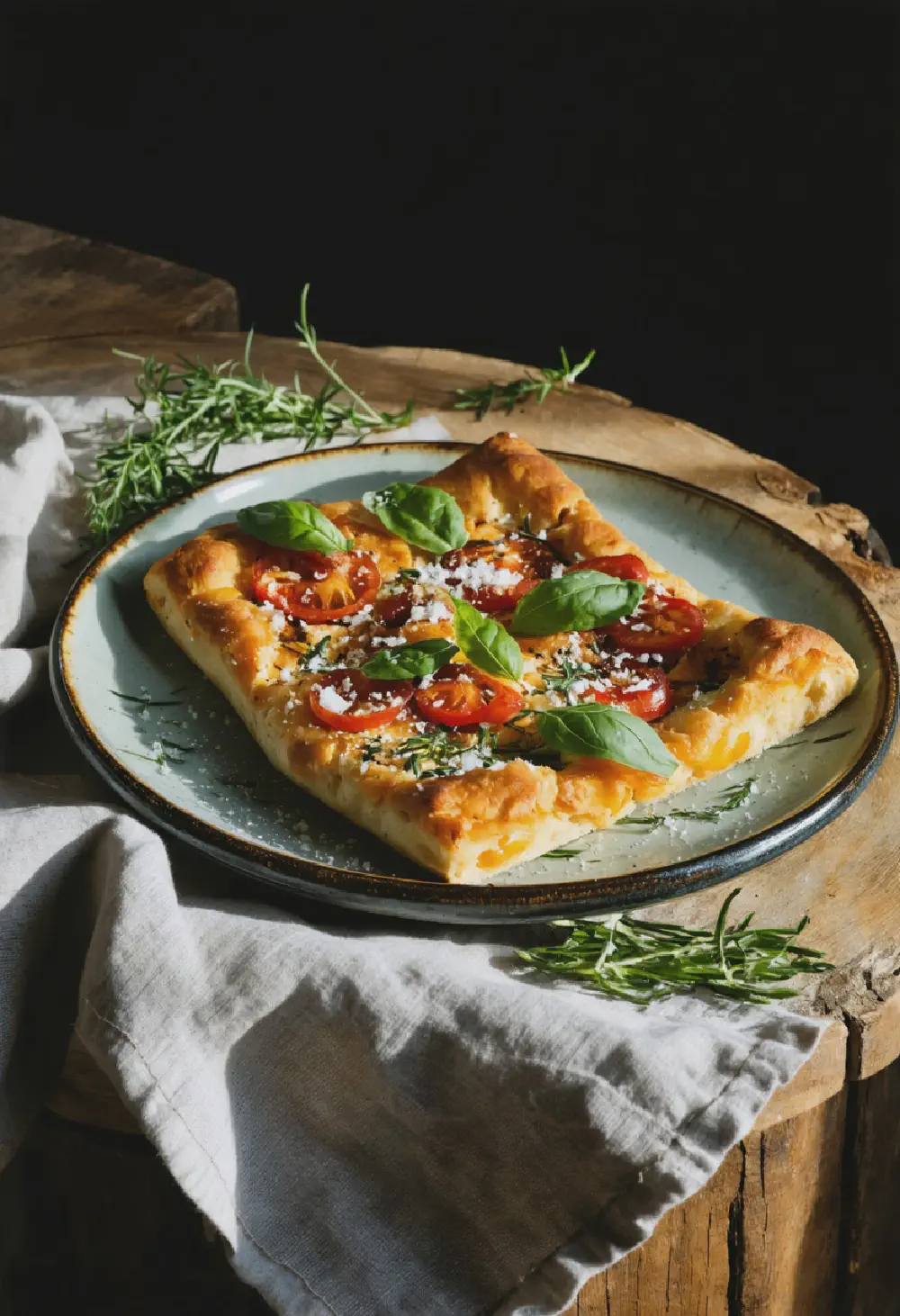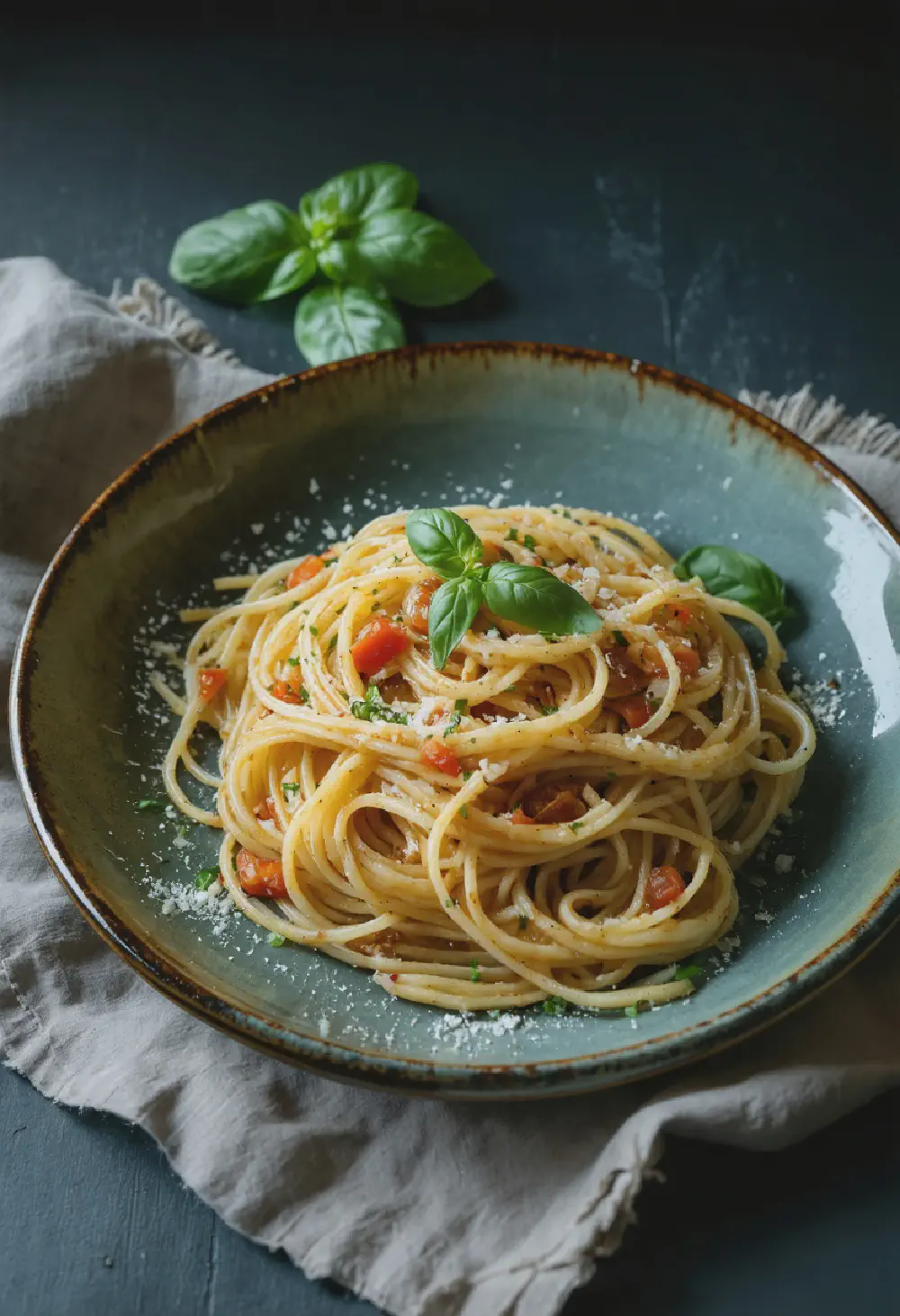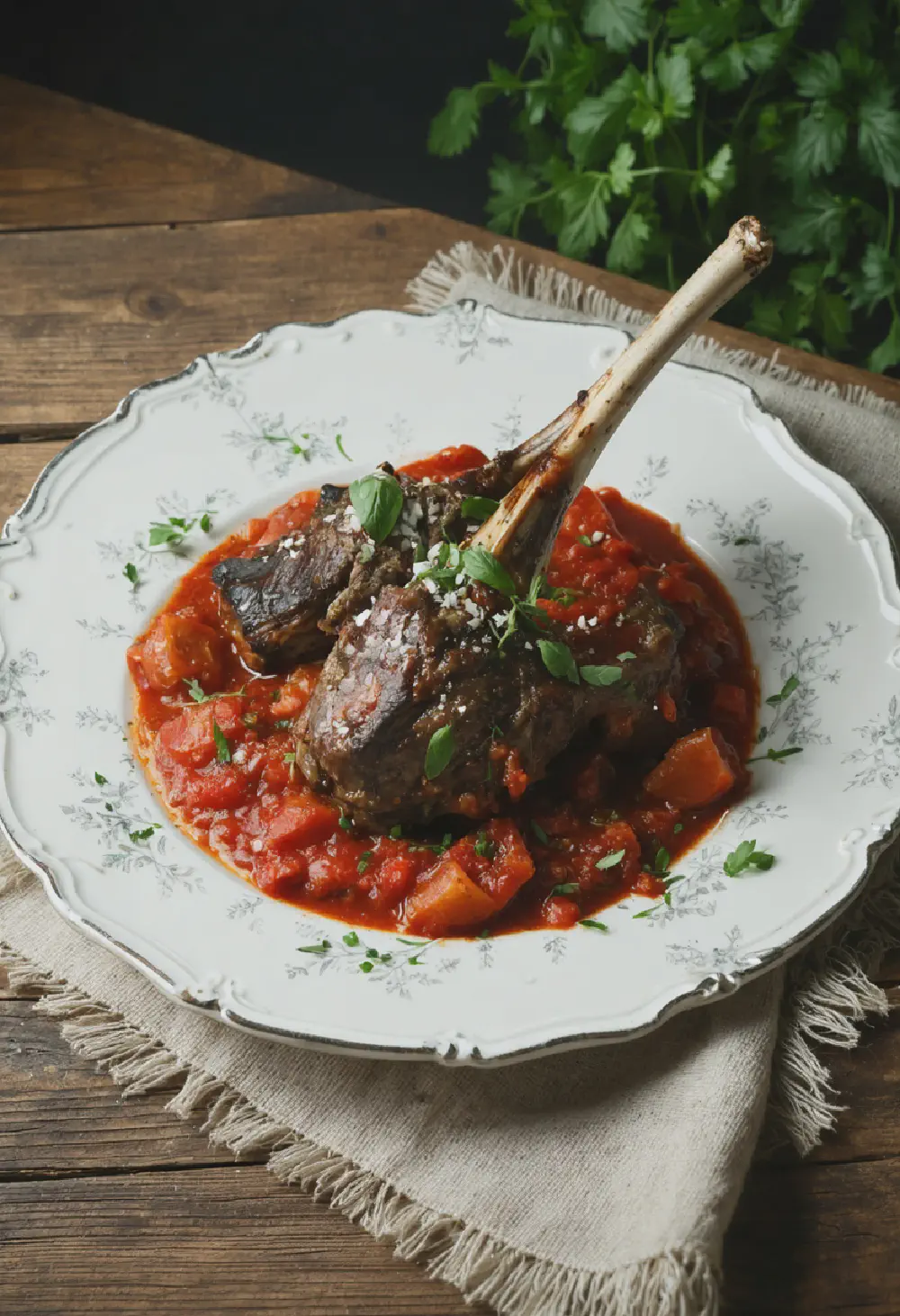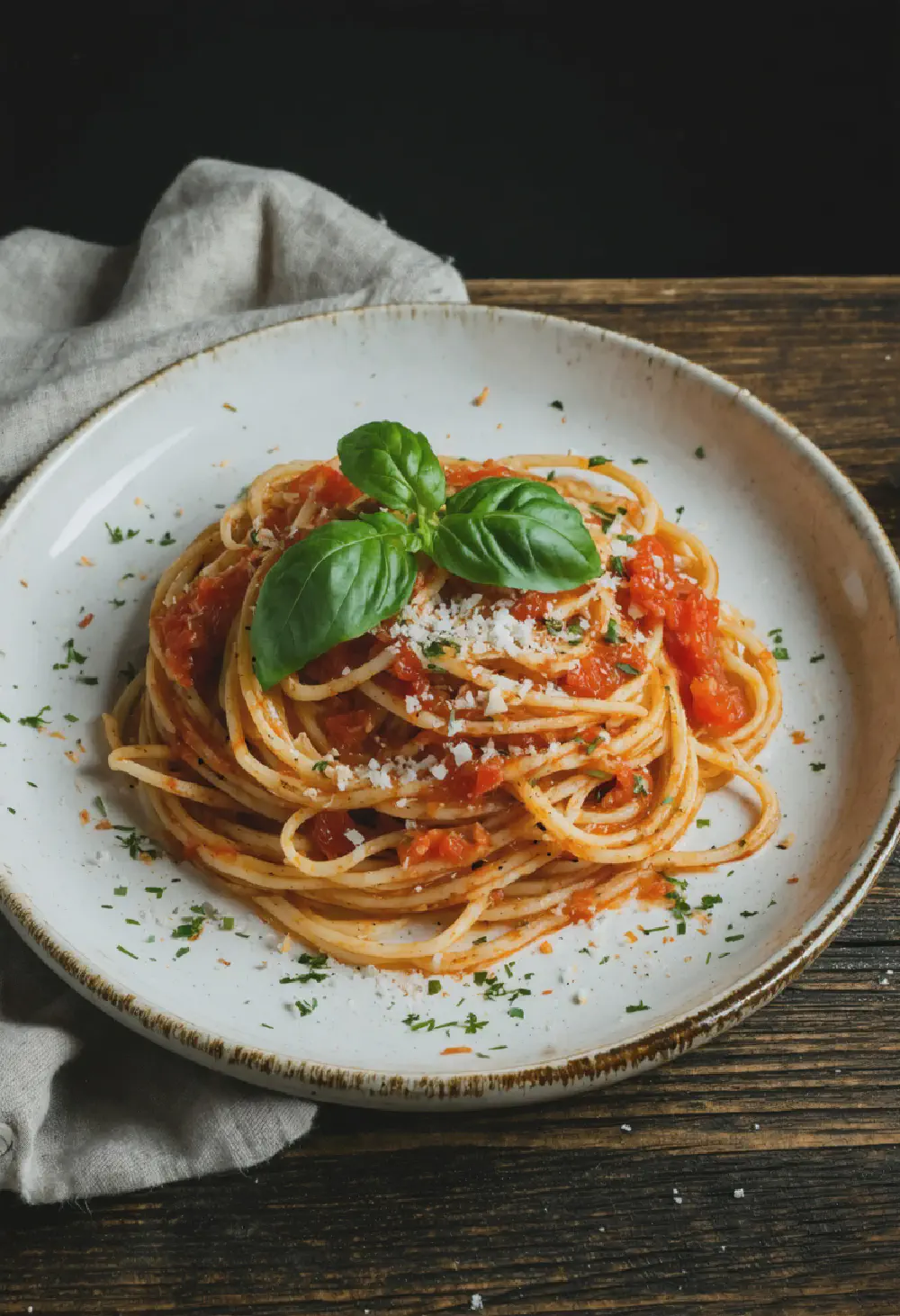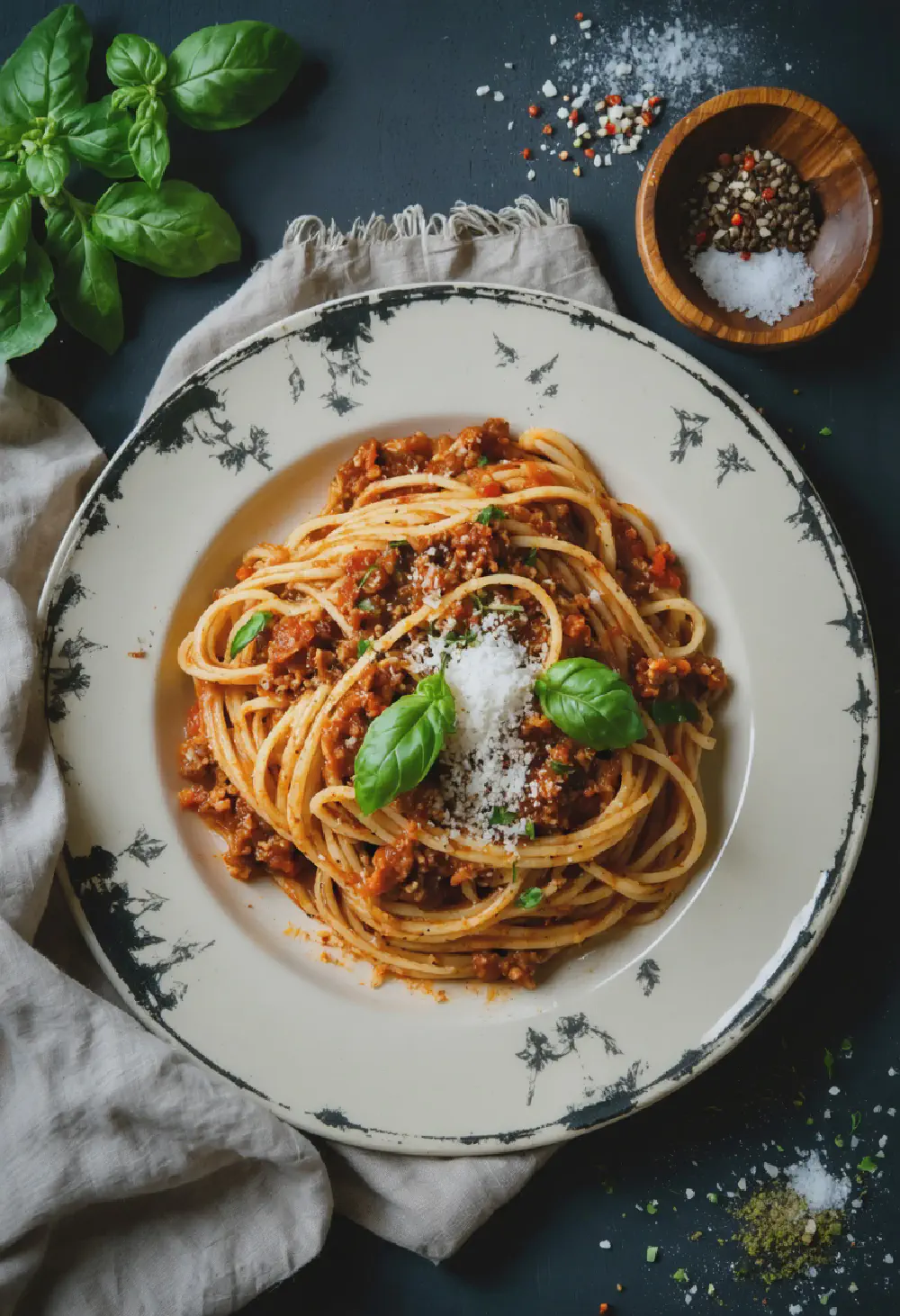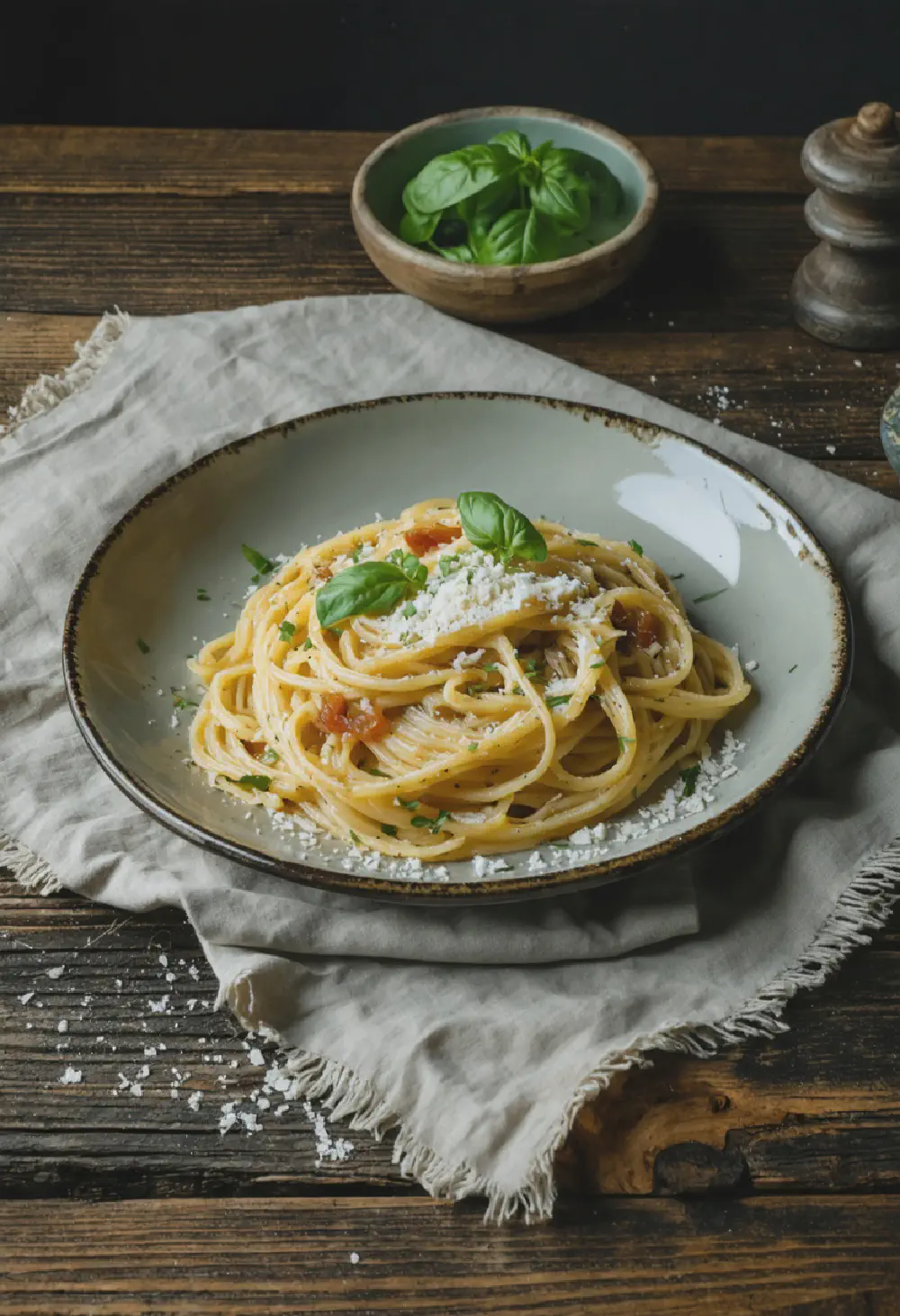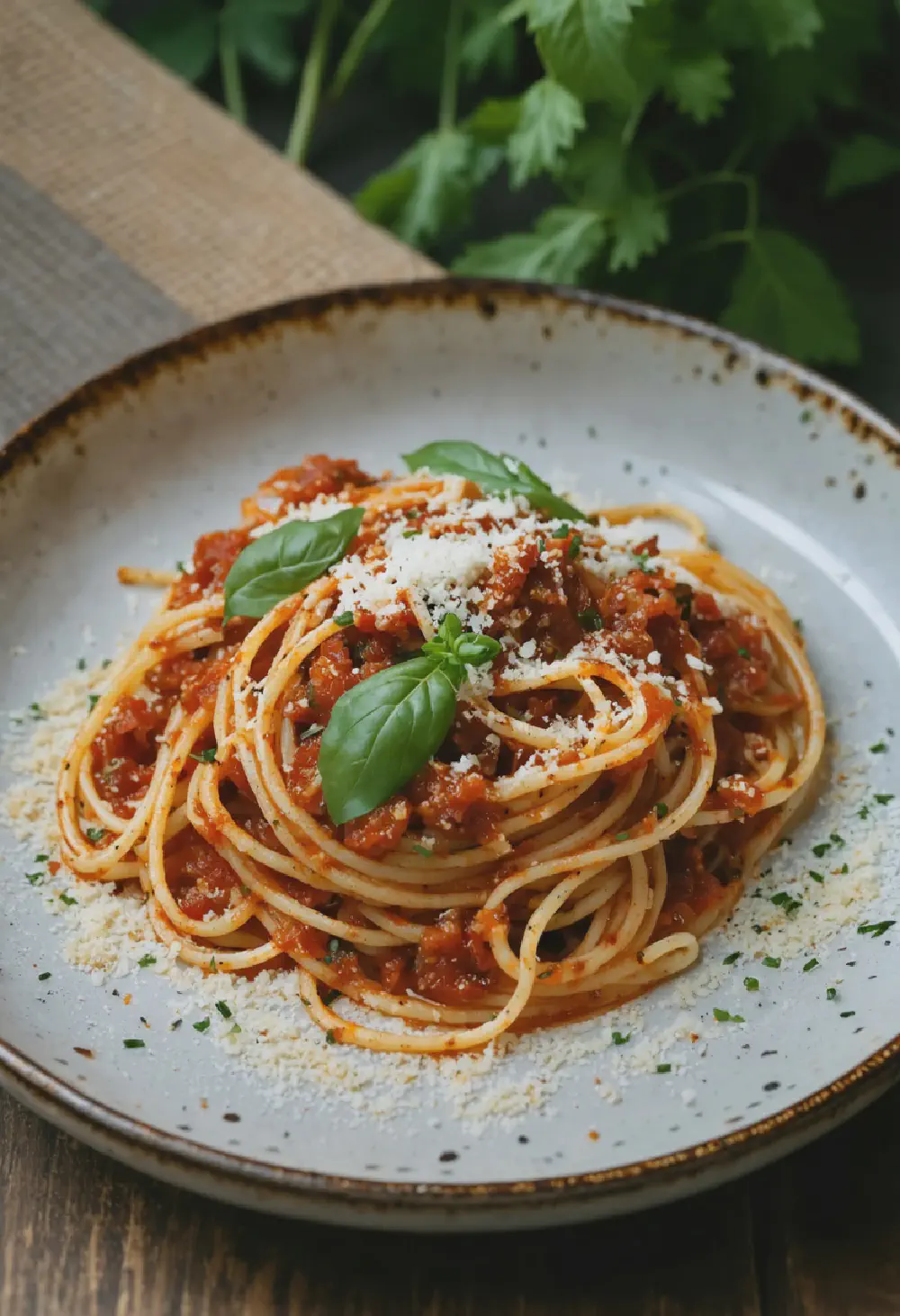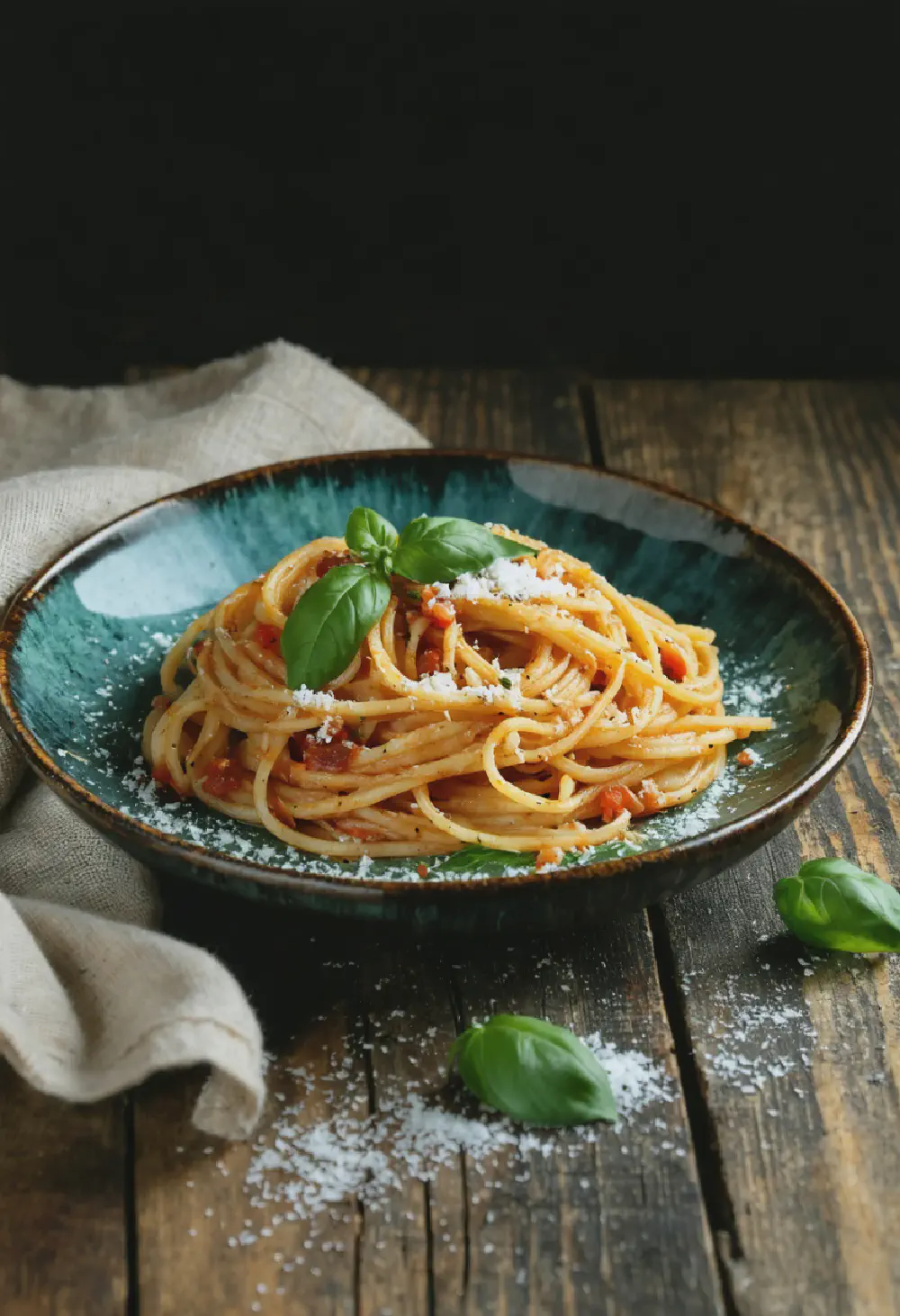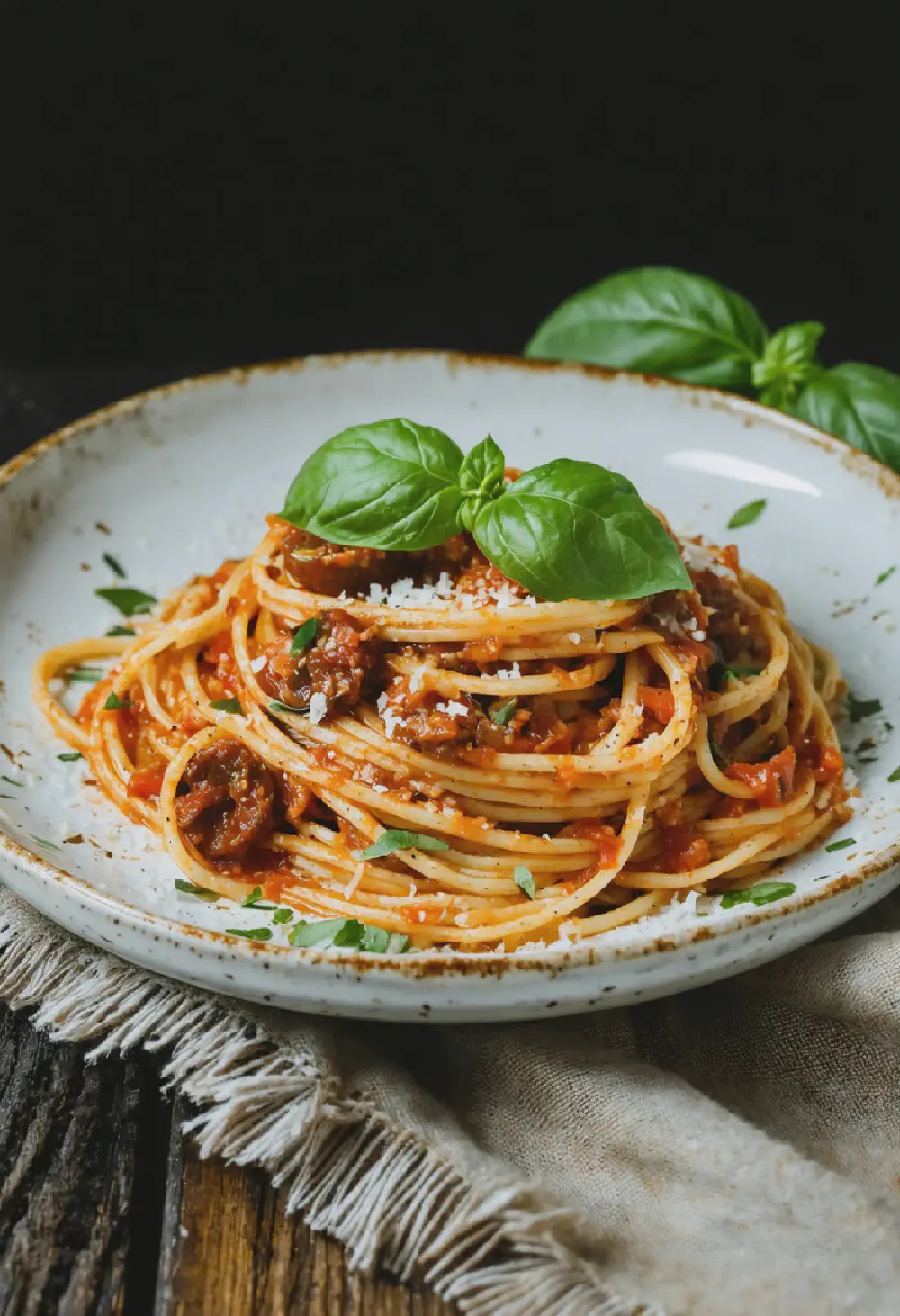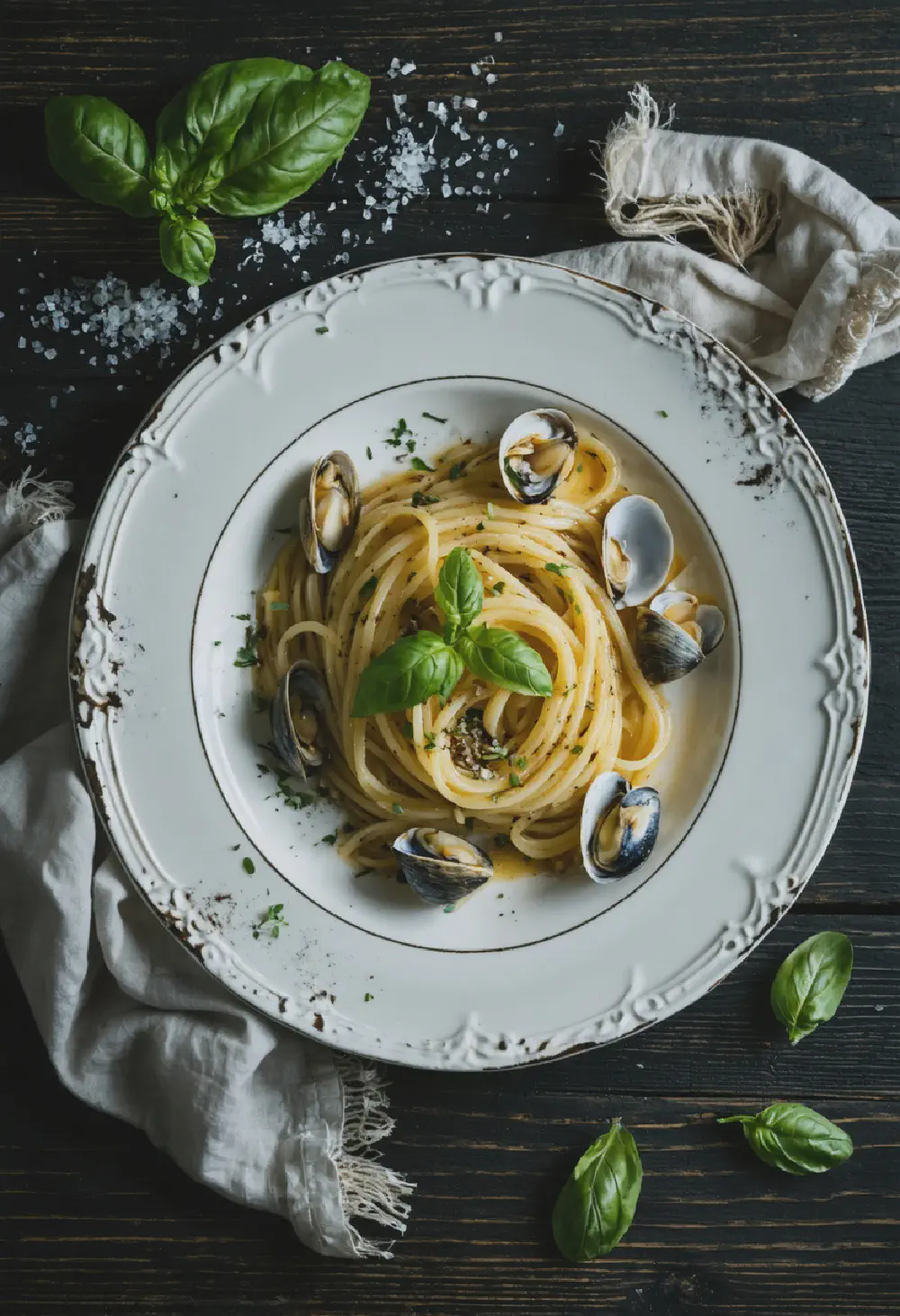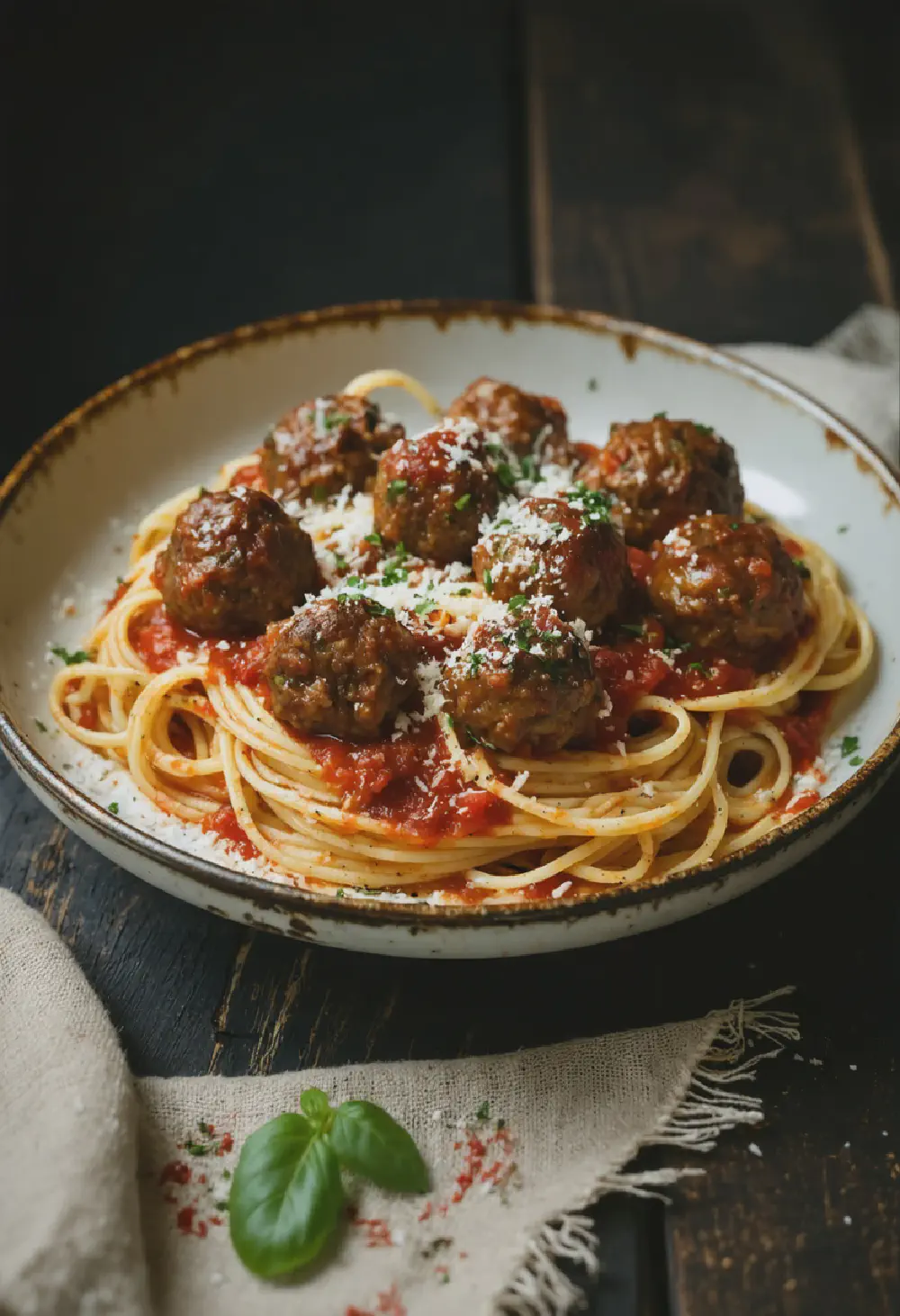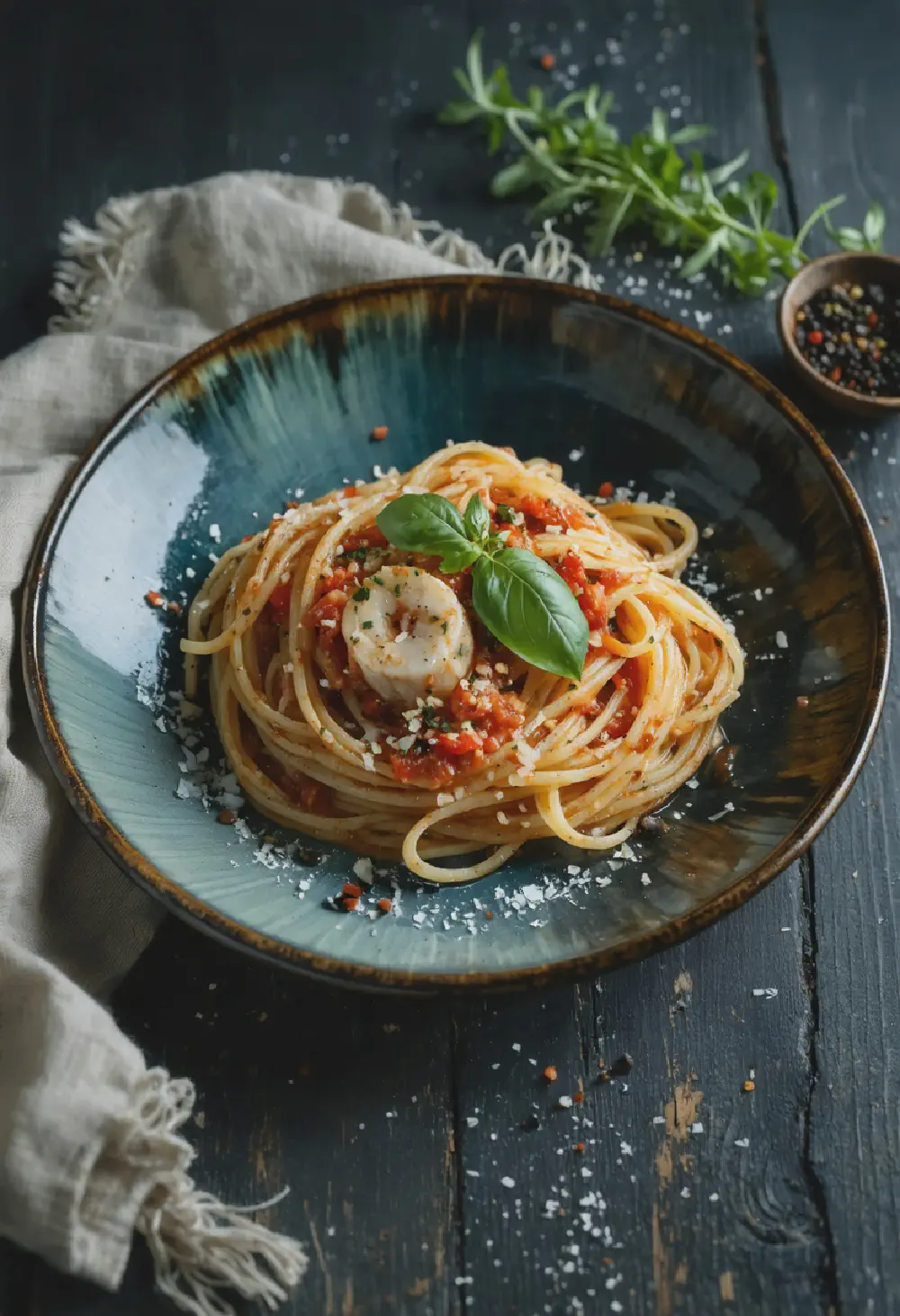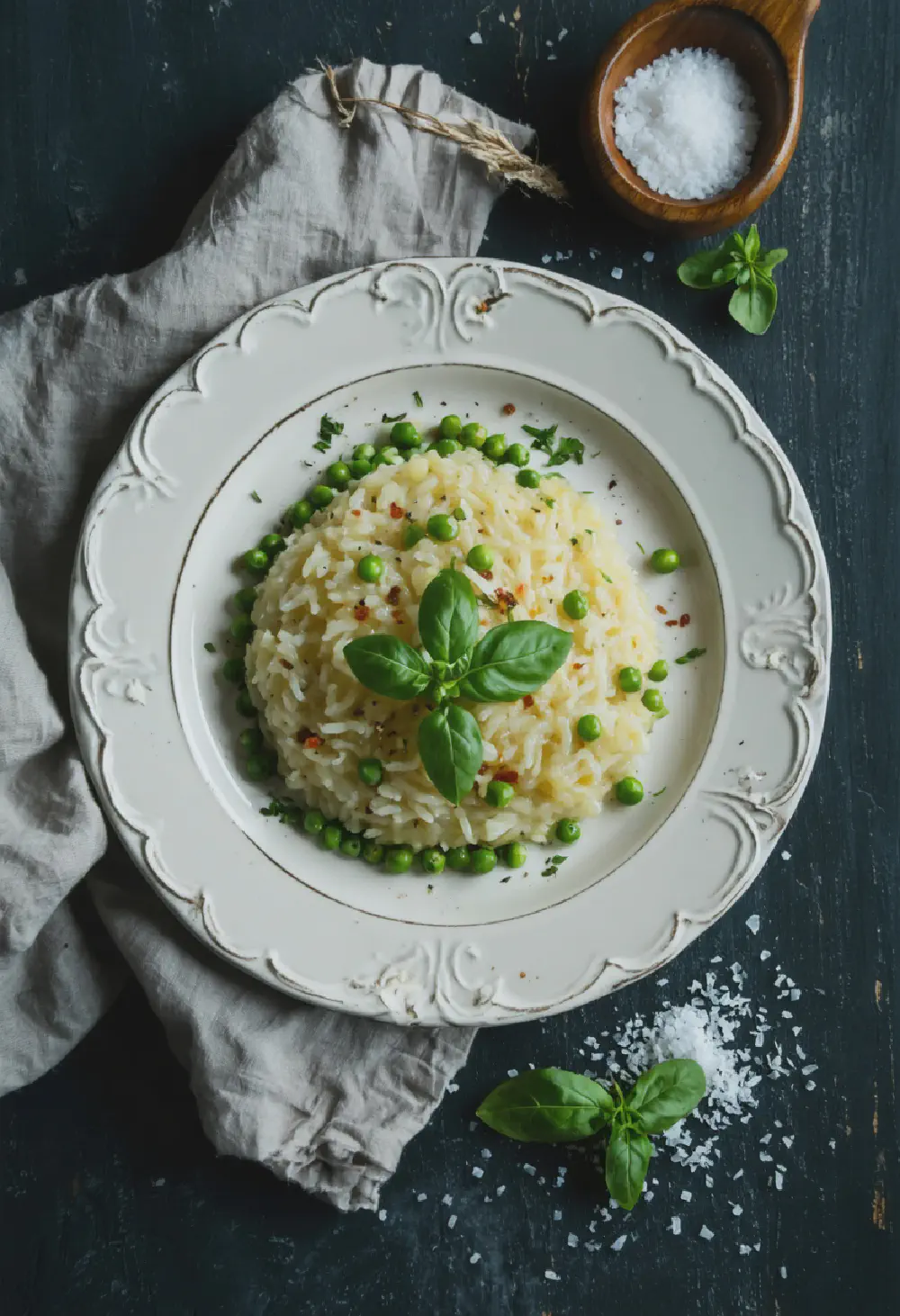Focaccia Genovese
30M
2H and 55M
- Makes 8 servings
- 500g strong bread flour
- 325ml lukewarm water
- 10g salt
- 7g active dry yeast
- 2 tablespoons olive oil, plus extra for drizzling
- 1 teaspoon sugar
- Coarse sea salt, for topping
- Fresh rosemary, for topping (optional)
- In a large bowl, combine the lukewarm water, sugar, and yeast. Let it sit for about 10 minutes until it becomes frothy.
- Add the flour and salt to the yeast mixture. Mix until a sticky dough forms.
- Add 2 tablespoons of olive oil to the dough and knead for about 10 minutes until smooth and elastic.
- Place the dough in a lightly oiled bowl, cover with a damp cloth, and let it rise in a warm place for about 1 to 1.5 hours, or until doubled in size.
- Preheat your oven to 425°F (220°C). Oil a baking sheet or a rectangular baking pan.
- Punch down the dough and transfer it to the prepared pan. Gently stretch and press the dough to fit the pan.
- Use your fingers to create dimples all over the surface of the dough. Drizzle generously with olive oil and sprinkle with coarse sea salt and fresh rosemary if using.
- Let the dough rise again for about 20 minutes.
- Bake in the preheated oven for 20-25 minutes, or until the top is golden brown and crispy.
- Remove from the oven and let it cool slightly before slicing and serving.
Focaccia Genovese: A Journey Through Time, Taste, and Culture
History
Focaccia Genovese, a beloved staple of Italian cuisine, traces its roots back to ancient times. Originating from the Liguria region, specifically the city of Genoa, this traditional bread has been a part of Italian culinary heritage for centuries. The word “focaccia” is derived from the Latin “focus,” meaning hearth, reflecting its origins as a bread baked over the coals of a fire. Over time, Focaccia Genovese evolved from a simple peasant food to a celebrated delicacy, with its recipe being passed down through generations. The bread’s popularity spread beyond Italy, influencing various flatbreads around the world, yet it remains a symbol of Genoese pride and tradition.
Taste Profile
Focaccia Genovese is renowned for its distinctive taste and texture. The bread boasts a crispy, golden crust that gives way to a soft, airy interior, creating a delightful contrast with every bite. The flavor is primarily derived from high-quality olive oil, which is generously drizzled over the dough before baking, infusing it with a rich, fruity taste. A sprinkle of sea salt enhances the bread’s savory profile, making it a perfect accompaniment to a variety of dishes. The simplicity of the ingredients allows the natural flavors to shine, embodying the essence of Italian cuisine.
Cultural Significance
Within Italian cuisine, Focaccia Genovese holds a special place, particularly in the Liguria region. It is more than just a bread; it is a cultural icon that represents the culinary traditions of Genoa. Often enjoyed as a snack or appetizer, Focaccia Genovese is a common sight in local bakeries and markets, where it is freshly baked and sold by the slice. It is a staple at family gatherings and celebrations, symbolizing warmth and hospitality. The bread’s versatility also makes it a beloved ingredient in various dishes, from sandwiches to pizza-like creations, showcasing its integral role in Italian culinary culture.
